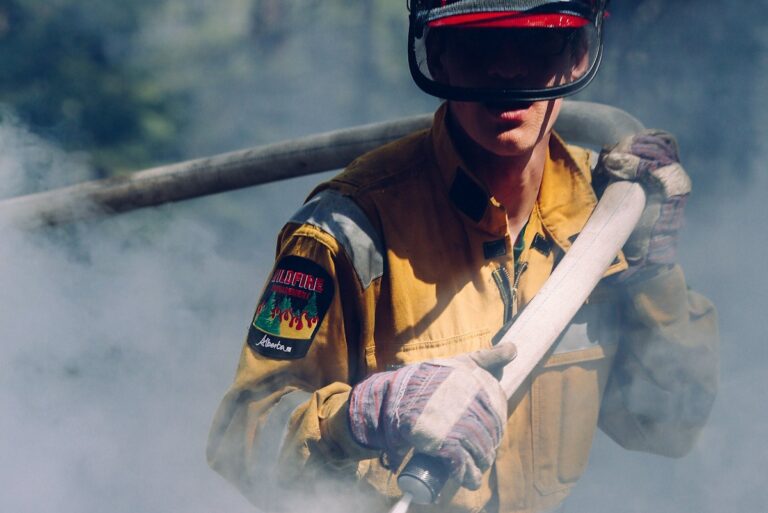What have studies shown about recent major blazes and climate change?
The deadly Los Angeles-area wildfires in January helped prompt a fresh look at exactly how these blazes occur and what can be done to mitigate the effects of future fires.
The region had not seen significant rainfall since May 2024, meaning grasses and brush were highly flammable when the fires broke out and spread quickly due to strong, seasonal Santa Ana winds, according to a report from World Weather Attribution, a research group.
The study used a Fire Weather Index (FWI) for the region that factors in attributes like temperature, humidity and wind speed to measure fire risk.
Human-induced warming from burning fossil fuels made the peak January FWI more intense, with an estimated 6 per cent increase in intensity, and 35 per cent more probable, than in cooler pre-industrial times, the researchers found.
The research group also found climate change made weather conditions leading to the wildfires that killed more than 30 people in South Korea in March about twice as likely as they would have been in pre-industrial times.
What can be done to mitigate the negative impacts of wildfires?
Particularly in the wake of the Los Angeles-area fires, forest management practices have emerged as a key issue for discussion for mitigating the impact of fires that spread.
Clearing brush through prescribed burns and proper thinning of forests can clear ignitable fuel so that when fires do break out, they are not as intense.
Some lawmakers in Washington, DC are pushing legislation that would create a program to help communities that abut the wilderness – an area known as the “wildland-urban interface” – build and retrofit with wildfire-resistant measures.
Even with advancing predictive technology, the vast majority of wildfires in the US are caused by humans, making it exceedingly difficult to predict where the next big one will strike.
“It’s hard, because you can’t predict power lines, when they’re going to come down … we can’t predict a person throwing his car off the side of the road,” Pastelok said, referring to the apparent causes of major fires in Texas and California.
What forecasters can do, he said, is look at factors like drought monitors and soil moisture.
“Then we try to forecast patterns,” he said.
This story was published with permission from Thomson Reuters Foundation, the charitable arm of Thomson Reuters, that covers humanitarian news, climate change, resilience, women’s rights, trafficking and property rights. Visit https://www.context.news/.

